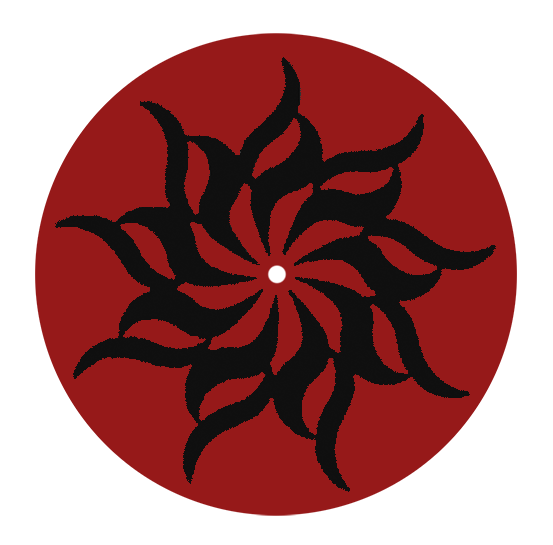My journey first brought me to India, where I remained for approximately 15 years. At the time, I was 21 years old, travelling with almost no financial resources—unable to afford tutors, institutions, or even proper accommodation. I arrived in India without luggage and went directly to the home of an Indian musician who would become my first teacher: Paṇḍit Prakāśa Mahārāja. I had met him by chance in Verona, Italy, during a European tour with his Indian Classical Music ensemble. After the concert, I approached him and asked for his home address, expressing my wish to learn from him in India. He scribbled the address in Hindi on a handkerchief—a language I could not even read at the time.
When I eventually knocked on his door in Kabir Chaura, Varanasi, he was astonished to see me—but welcomed me into his home. He lived on an old sofa in a tiny room that he shared with his entire family, visiting relatives, and even small mice and birds who coexisted peacefully with us. There was barely enough space for me to sit on the floor. Yet this cramped and noisy space, full of life and movement, carried an unmistakable power and magic. It was in this humble and vibrant setting that my path of learning truly began.
Surprising, my first lesson from him wasn’t about music but about the essence of the “teacher-student relationship”, which at first quite shocked me.
He looked at me calmly but firmly, and said: “There are three ways you can learn.”
– “You pay a lot, and I share a lot.
– You attend my classes at BHU Music College—it’s cheaper, but you’ll learn little.
– You follow the guru-śiṣya paraṃparā. For this, there’s no tuition, but you must give up everything—including your pride.”
It wasn’t about convenience or idealism. It was just honest. For the first time, I felt ready to lose myself completely in order to truly learn and this for some reason attracted me to choose the “guru-śiṣya paraṃparā”. He elaborated further: “The Teacher (Guru) is God. The Student is his servant (sevaka).” Later, I discovered that the Sanskrit word śiṣya doesn’t just mean “scholar” or “disciple.” It also carries the weight of passion, even anger, and likely shares the same root as sevaka—a devoted servant or worshipper. I chose the guru-śiṣya paraṃparā not simply because I lacked financial means, but because I recognised it as the most authentic way of learning—one that went beyond transaction or technique. My teacher, being a true scholar, rarely taught music in isolation. He wove philosophy, jyotiṣa (Vedic astrology), and reflections on life into his lessons. This approach didn’t just intrigue me—it reshaped me. It taught me to see art as science, and science as an art, and all disciplines as expressions of a single, unified wisdom. That perspective—of life as an interconnected field of transformation—is deeply woven into what Navakaraṇa Tantra represents today.
At that time, there were no mobile phones. I had to borrow a bicycle and pedal for over an hour each way— whether it was during a cyclone, a relentless monsoon, or under the scorching summer sun—just to reach my teacher’s home. Often, when I arrived, he wasn’t there—he had gone to the temple, or to play at a music programme. So I waited. Sometimes for hours just standing outside his door until he returned. It was a quiet ritual, meant to dissolve arrogance and ego in the student. A subtle but powerful lesson: to receive without preference, to learn without pride. Even the music lessons themselves were far from easy. They weren’t delivered in tidy syllabi or simplified formulas. They were cryptic, layered, and difficult to decipher. It was up to me to extract what was essential— to catch the unspoken meanings, to uncover the deeper teachings through practice, repetition, and a kind of inner listening. To a modern, Western mind, this way of learning might seem harsh, even opaque. But it taught me something precious: how to learn from within, how to develop insight, resilience, and self-reliance. It grounded me with a strong will and an unshakable determination to pursue my path—no matter how hard, long, uncertain, or demanding it might be.





